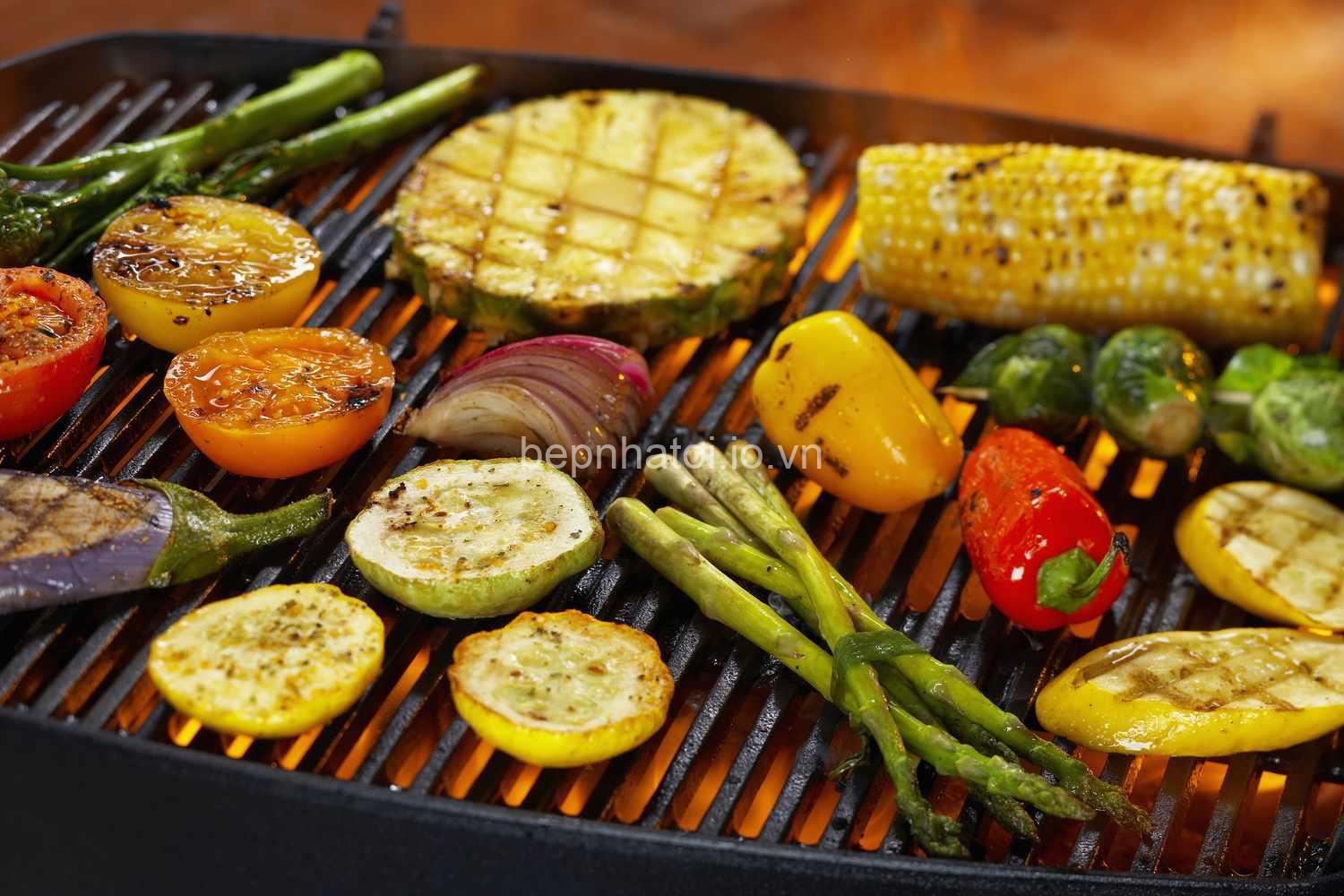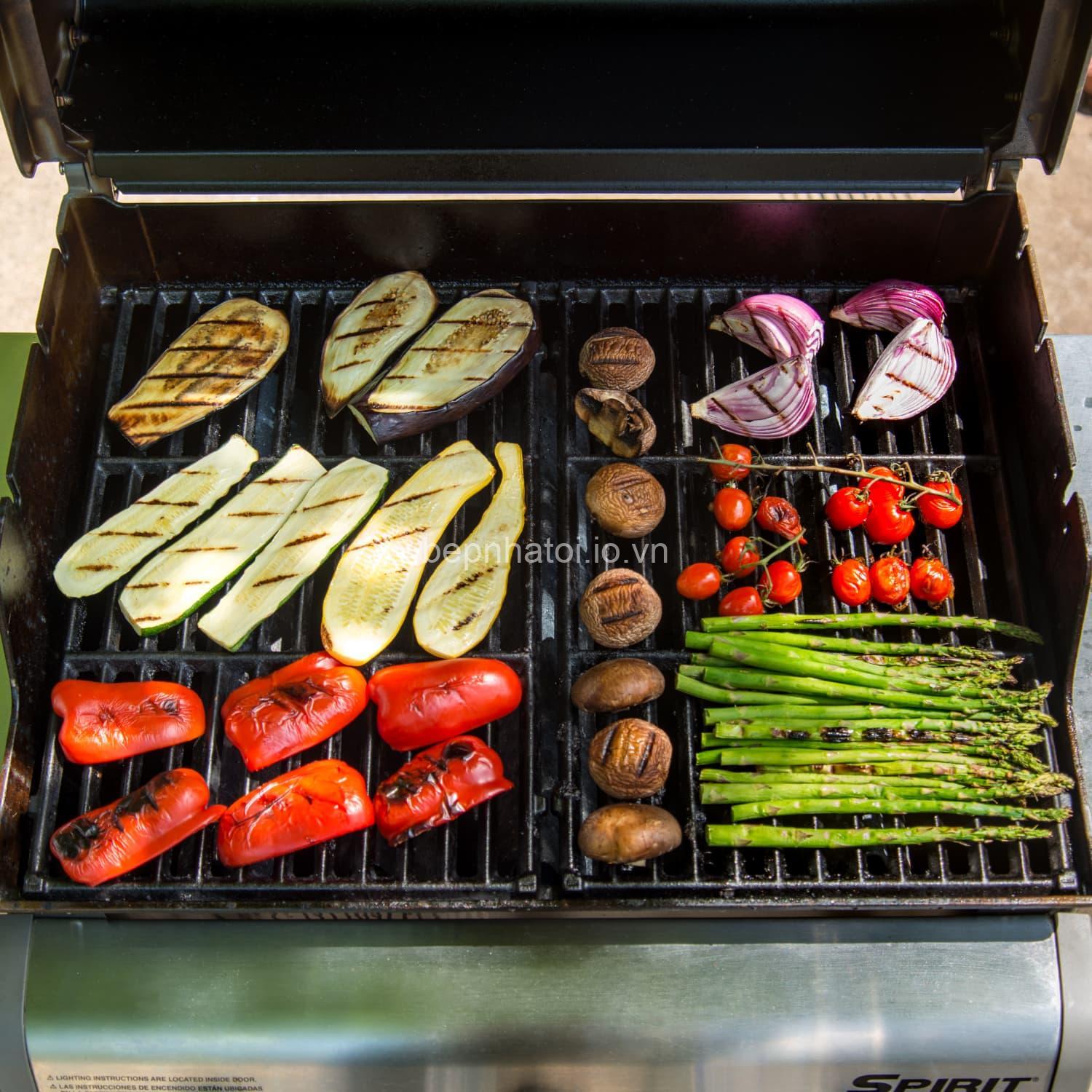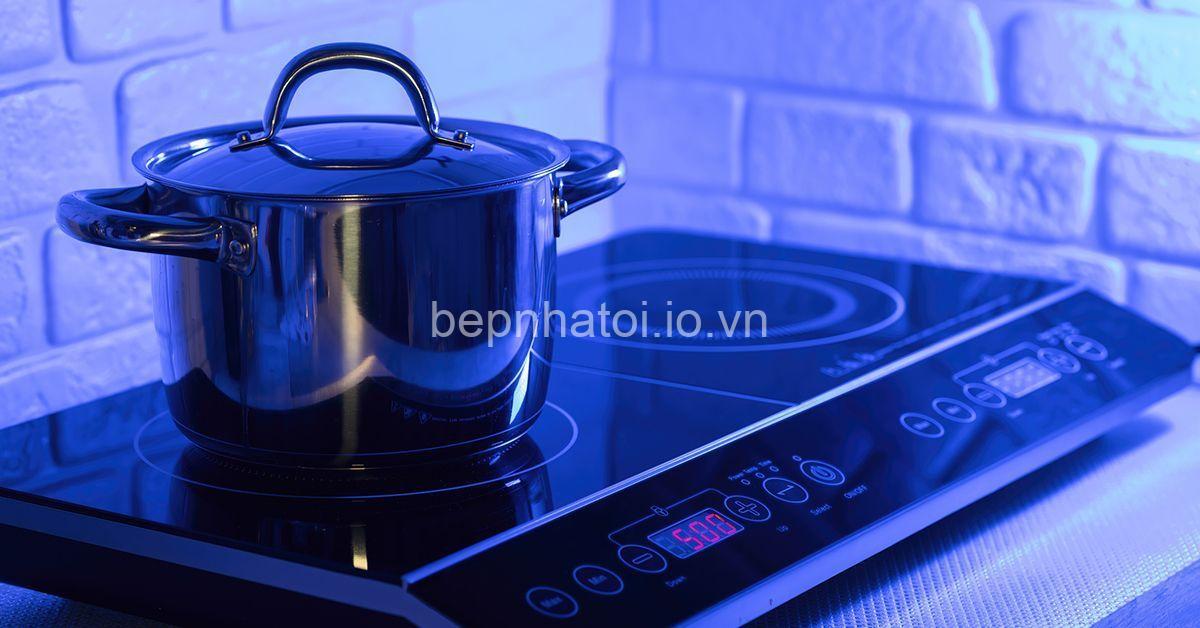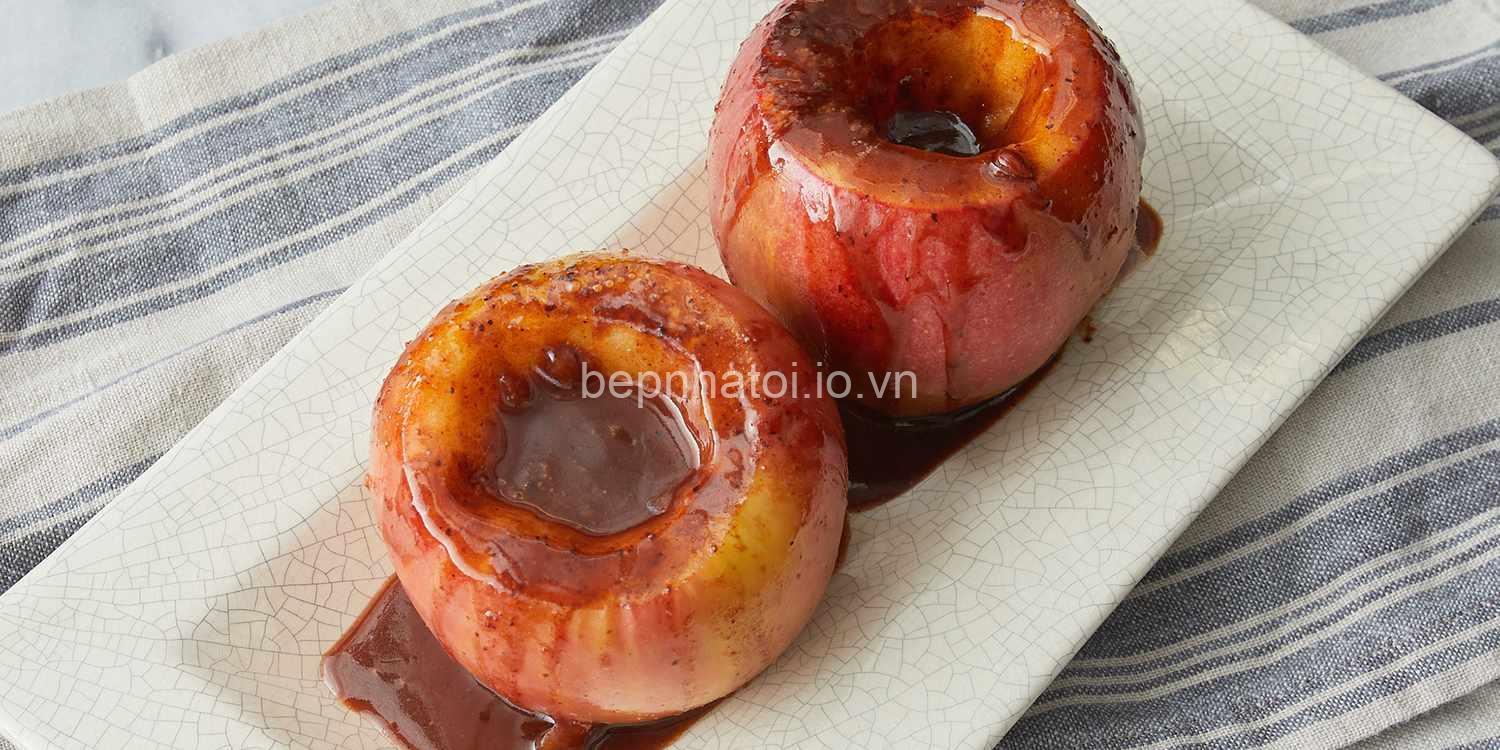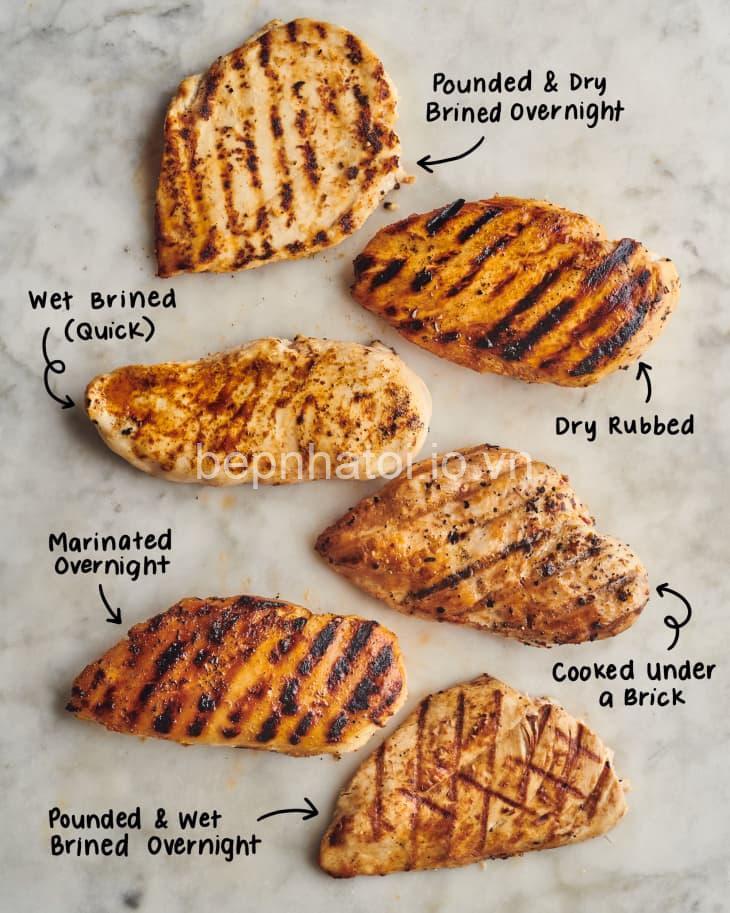
How to Tell When Chicken is Done on the Grill – Safe & Easy Guide. In today’s article, bepnhatoi.io.vn will explore with you in the most detailed and complete way. See now!
The Ultimate Guide to Knowing When Chicken is Done on the Grill
Grilling chicken can be a delicious way to enjoy a summer meal, but it’s important to make sure it’s cooked thoroughly to avoid foodborne illness. This guide will provide you with all the information you need to determine chicken doneness accurately and safely.

Why You Need to Cook Chicken to the Right Temperature
Chicken is a popular protein source, but it can also harbor bacteria like Salmonella and Campylobacter. Consuming undercooked chicken can lead to food poisoning, which can cause unpleasant symptoms such as fever, diarrhea, vomiting, and abdominal cramps. To prevent this, it’s crucial to cook chicken to a safe internal temperature.
The Most Reliable Method: Using a Meat Thermometer
A meat thermometer is the most reliable way to ensure your chicken is cooked to a safe temperature. Here’s how to use it effectively:
- Insert the thermometer into the thickest part of the chicken, avoiding bone.
- Make sure the tip of the thermometer is fully submerged in the meat.
- Wait until the temperature reading stabilizes, which typically takes a few seconds.
- The safe internal temperature for chicken is 165°F (74°C).
Visual Clues: What to Look For
While a meat thermometer is the most reliable method, visual clues can also help you gauge chicken doneness. Here’s what to look for:
- Color Changes: Raw chicken is typically grayish-pink. As it cooks, the color will start to turn white, and when fully cooked, the chicken will be completely white and opaque.
- Chicken Juices: The juices should run clear, not pink, when you cut into the chicken.
- Flesh Pulling Away from Bone: If the chicken is cooked, the flesh should pull away easily from the bone.
The Touch Test: A Less Reliable Method
The touch test involves pressing the chicken to check for firmness. However, this method is not as accurate as using a thermometer or observing the color. The touch test can be misleading, especially for larger pieces of chicken.
Grilling Tips for Success
Here are some tips to ensure your chicken cooks evenly and deliciously:
- Preheating the Grill: Preheat your grill to medium-high heat before adding the chicken.
- Grilling Techniques: There are different grilling techniques, such as direct grilling, indirect grilling, and smoking.
- Direct grilling involves cooking over high heat for a shorter period, which creates char marks and a crispy exterior.
- Indirect grilling involves cooking over lower heat for a longer period, which helps to cook the chicken evenly and prevents it from drying out.
- Smoking involves using wood chips to infuse the chicken with smoky flavor.
- Turning the Chicken: Turning the chicken frequently ensures that it cooks evenly on all sides.
- Marination and Brining: Marinating or brining chicken can add flavor and moisture, leading to a juicier and more flavorful final product.
Troubleshooting Common Grilling Problems
Here are some common grilling issues and how to address them:
- Undercooked Chicken: If your chicken is undercooked, it’s likely due to not reaching the correct temperature or not grilling for long enough. Make sure you use a meat thermometer to check for doneness and adjust your grilling time accordingly.
- Overcooked Chicken: Overcooked chicken can become dry and tough. Avoid overcooking by keeping the grill temperature at medium-high heat, turning the chicken frequently, and using a meat thermometer to check for doneness.
- Uneven Cooking: Uneven cooking can occur if you don’t turn the chicken frequently or if the heat distribution on the grill is uneven. Turn the chicken every 5-10 minutes and adjust the heat as needed.
- Dry Chicken: If your chicken is dry, it could be due to not marinating or brining the chicken, grilling at too high a temperature, or grilling for too long. Consider marinating or brining the chicken before grilling, and adjust your grilling time and temperature accordingly.
Grilled Chicken Recipes
Here are a couple of simple grilled chicken recipes to get you started:
Simple Grilled Chicken Breast
Ingredients:
- 2 boneless, skinless chicken breasts
- 1 tablespoon olive oil
- Salt and pepper to taste
Instructions:
- Preheat your grill to medium-high heat.
- Drizzle the chicken breasts with olive oil and season with salt and pepper.
- Place the chicken breasts on the grill and cook for 5-7 minutes per side, or until the internal temperature reaches 165°F (74°C).
Grilled Chicken Skewers
Ingredients:
- 1 pound boneless, skinless chicken breasts, cut into 1-inch cubes
- 1 red bell pepper, cut into 1-inch pieces
- 1 yellow bell pepper, cut into 1-inch pieces
- 1 onion, cut into 1-inch pieces
- 1/2 cup marinade of your choice
Instructions:
- Preheat your grill to medium-high heat.
- In a bowl, combine the chicken, bell peppers, onion, and marinade.
- Thread the chicken and vegetables onto skewers.
- Place the skewers on the grill and cook for 5-7 minutes per side, or until the chicken is cooked through.
Final Thoughts
Always use a meat thermometer to ensure your chicken is cooked to a safe internal temperature. Remember, the touch test is not as reliable as the other methods. Don’t hesitate to reach out if you have any other questions about cooking chicken safely. Visit my website, bepnhatoi.io.vn, for more helpful information on pet care. If you have any other grilling tips, share them with me in the comments!
Chicken (Entity) – Is a type of (Relation) – Poultry (Entity)
Thermometer (Entity) – Measures (Relation) – Temperature (Entity)
Salmonella (Entity) – Causes (Relation) – Food poisoning (Entity)
Chicken (Entity) – Can be cooked using (Relation) – Grilling (Entity)
Grilling (Entity) – Requires (Relation) – Heat (Entity)
Chicken (Entity) – Should be cooked to (Relation) – Safe internal temperature (Entity)
Doneness (Entity) – Is determined by (Relation) – Color (Entity)
Doneness (Entity) – Is determined by (Relation) – Touch test (Entity)
Chicken (Entity) – Can be marinated with (Relation) – Herbs and spices (Entity)
Chicken (Entity) – Can be brined with (Relation) – Salt and water (Entity)
Food safety (Entity) – Requires (Relation) – Proper handling of chicken (Entity)
Cooking time (Entity) – Is affected by (Relation) – Chicken size (Entity)
Cooking time (Entity) – Is affected by (Relation) – Chicken cut (Entity)
Food poisoning (Entity) – Causes (Relation) – Symptoms (Entity)
Chicken (Entity) – Can be stored in (Relation) – Refrigerator (Entity)
Chicken (Entity) – Can be cooked using (Relation) – Different grilling techniques (Entity)
Chicken (Entity) – Can be seasoned with (Relation) – Various spices (Entity)
Grilling (Entity) – Requires (Relation) – Proper grilling tools (Entity)
Grilling (Entity) – Creates (Relation) – Flavorful chicken (Entity)
Chicken (Entity) – Can be served with (Relation) – Side dishes (Entity)
Chicken – Internal Temperature – 165°F (74°C)
Chicken – Color – White, opaque
Chicken – Texture – Firm, springy
Grill – Temperature – Medium-high heat
Thermometer – Type – Instant-read
Thermometer – Placement – Thickest part of chicken
Salmonella – Symptoms – Fever, diarrhea, vomiting
Campylobacter – Symptoms – Fever, diarrhea, abdominal cramps
Cooking time – Chicken – Varies depending on size and cut
Grilling Technique – Direct – High heat, short cooking time
Grilling Technique – Indirect – Lower heat, longer cooking time
Chicken – Size – Small, medium, large
Chicken – Cut – Breast, thigh, drumstick, wing
Chicken – Marination – Adds flavor and moisture
Chicken – Brining – Adds moisture and tenderness
Food safety – Wash hands – Before and after handling chicken
Food safety – Clean surfaces – After handling chicken
Food safety – Separate raw and cooked chicken – To avoid cross-contamination
Chicken – Storage – Refrigerate raw chicken at 40°F (4°C) or below
Chicken – Leftovers – Refrigerate within 2 hours
FAQs about Chicken on the Grill
What happens if you eat undercooked chicken?
Consuming undercooked chicken can lead to food poisoning from bacteria like Salmonella and Campylobacter. Symptoms can include fever, diarrhea, vomiting, and abdominal cramps. It’s crucial to cook chicken to a safe internal temperature of 165°F (74°C) to prevent foodborne illness.
How long should I grill chicken?
The grilling time for chicken depends on the size and cut of the chicken, as well as the heat of the grill. It’s best to use a meat thermometer to check for doneness rather than relying on a specific time.
What are the signs of overcooked chicken?
Overcooked chicken can become dry and tough. Look for signs like the chicken being very dry, pale in color, and having a rubbery texture.
What are some tips for grilling chicken evenly?
To ensure your chicken cooks evenly, preheat your grill to medium-high heat, turn the chicken frequently, and use a meat thermometer to check for doneness.
How can I make sure my chicken is juicy?
Marinating or brining chicken before grilling can help to retain moisture and flavor. You can also try using a marinade that includes ingredients that help to lock in moisture, like olive oil or yogurt.
Conclusion
Grilling chicken can be a delicious and healthy way to enjoy a summer meal, but it’s important to make sure it’s cooked thoroughly to avoid foodborne illness. Remember, a meat thermometer is your best friend for ensuring the safety of your food. For more helpful information on pet care, check out my website, bepnhatoi.io.vn. Don’t forget to share your grilling tips with me in the comments!
